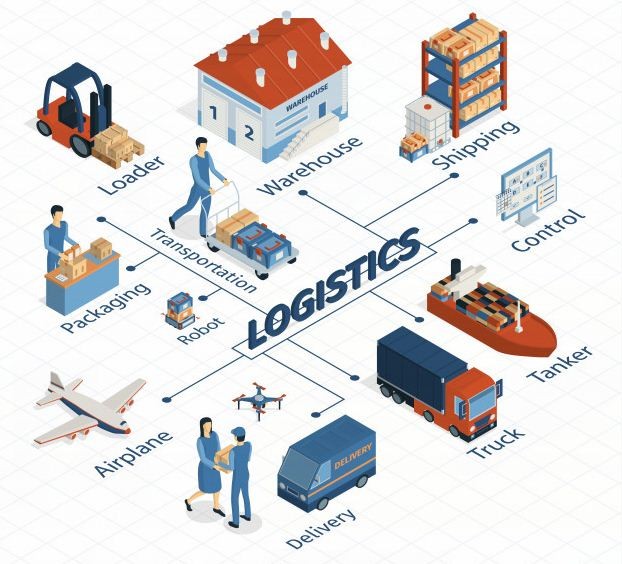
Freight shipments involve a lot of work and most of the work in a freight shipment involves documents.

There are several key freight documents involved in a shipment and some of the most important ones are:
A bill of lading is a trade document issued by a shipping line or OTI to the customer.
The bill of lading serves as Evidence of Contract of Carriage, Receipt of Goods, Document of Title to the Goods.
If a customs bond or duty payment is required to clear cargo with customs, the customer also needs a customs broker to do the clearance process with customs.
The preparation and filing of the documents with customs and the process require special skills and knowledge, which only a customs broker will have. A customs clearance fee is a charge levied by the customs broker to handle the customs clearance.
Customs duty is a charge levied by a country's customs and excise department on any goods that are imported or, in some cases, exported.
Customs duty is generally a gazetted tariff set based on the HS Code (Harmonised System Code), which covers all known goods that are allowed to be imported and exported.
Any cargo movement from one location to another involves some risk, be it the risk of damage, pilferage, theft of entire packages, or non-delivery of the whole shipment.
Customers are required to protect themselves by taking proper cargo and marine insurance covers. for general cargo, three different levels of insurance can be chosen C, B & A Clauses.
Marine insurers charge cargo insurance premiums based on the type of coverage by the customer. Depending on the Incoterms used, the seller or buyer may bear the insurance cost.
As the name suggests, a delivery fee is a fee charged before the cargo is delivered to the customer.
The shipping line and/or the port can charge a delivery fee. The shipping line will charge it based on the services they need to provide before the delivery is done and cargo is released, such as the documentation required for the release, the updates to be done in the port, and the customs system for the release.
The port may charge it based on the actual delivery of the cargo.